
Discovering Rhythm: The Heartbeat of Music
Music is an intricate tapestry woven from various threads, and at the very core of this art form lies rhythm. Without rhythm, music would be lifeless, devoid of that essential pulse we all recognize. Whether you're listening to organ hymns for worship or strumming your guitar, understanding rhythm can deepen your appreciation and enhance your musical experience. In this article, we will explore the concept of rhythm, its role in music, and how it connects to different genres, including the beauty of organ hymns for worship.
What is Rhythm?
At its simplest, rhythm refers to the pattern of sounds and silences in music. It dictates how music moves in time and plays a crucial role in shaping the listener's experience. Think of rhythm as the heartbeat of a song. Each beat provides a structure upon which melodies and harmonies can build.
In musical terms, rhythm is comprised of various elements:
- Beat: The basic unit of time in music, the beat provides the underlying pulse that listeners feel. It's similar to the ticking of a clock, counting the seconds.
- Tempo: This is the speed at which a piece of music is played, typically measured in beats per minute (BPM). A slow tempo can evoke calmness, while a fast tempo energizes the listener.
- Meter: Meter refers to the arrangement of beats into regular groups. Common meters include 4/4, 3/4, and 6/8, which dictate how the beat is organized. For example, 4/4 means there are four beats in a measure.
- Rhythmic Patterns: These are combinations of long and short sounds that create interesting patterns. Rhythmic patterns make songs catchier and help define their unique character.
The Importance of Rhythm in Music
Rhythm is not just about keeping time; it is an expression of emotions and styles. Here are several reasons why rhythm is essential to music:
- Creates Movement: Rhythm gives music its movement. It can make you tap your feet, dance, or simply nod your head along with the beat.
- Enhances Emotion: Different rhythms can evoke different moods. For instance, a quick, staccato rhythm might feel uplifting, while a slow, legato rhythm might feel more somber.
- Defines Genres: Each genre of music has its unique rhythmic characteristics. Whether it’s the steady backbeat of rock, the syncopation of jazz, or the complex patterns in classical compositions, rhythm shapes the identity of musical genres.
Exploring Different Rhythmic Styles
Just like various spices enhance the flavor of a dish, different rhythmic styles can add depth and nuance to music. Here’s a look at some popular rhythmic styles:
Classical Music
In classical music, rhythm is often intricate, with varied time signatures and complex meters. Composers like Bach utilized rhythm in organ hymns for worship, creating beautiful pieces that showcase the role of the organ in a worship setting. The rhythm in these compositions helps guide the congregation in singing along, making them integral to the worship experience.
Jazz Music
Jazz is famous for its unique rhythmic feel, known as swing. In swing, the music flows with a laid-back groove, creating a smooth syncopation that listeners adore. Musicians often play around with the rhythm, improvising and adding personal flair to each performance.
Pop Music
Pop music tends to feature straightforward and catchy rhythmic patterns, making it easy for listeners to sing along. The consistent beats in a pop song help enhance its hook, ensuring it sticks in your mind long after you've listened.
World Music
World music encompasses a wide variety of rhythms influenced by different cultures. African drumming, for example, involves polyrhythms, where multiple rhythms are played simultaneously. This adds layer and texture, offering a rich listening experience.
The Connection Between Rhythm and Worship
Music has always played a vital role in worship across various religions. Organ hymns for worship are a quintessential example of how rhythm can set the tone for a spiritual experience. The rhythm in these hymns allows congregations to engage with the music meaningfully, creating a shared experience of worship.
In many traditions, the tempo and rhythm of hymns are carefully chosen to reflect the theme of the service. A fast-paced hymn might encourage joy and celebration, while a slower refrain could foster reflection and reverence. The organ's powerful sound combined with the right rhythmic structure helps elevate the worship experience, connecting the congregation with something greater.
Building a Connection Through Rhythm
Understanding rhythm can deepen your connection to music, making your listening experience more enjoyable. Here are some tips for connecting with rhythm, whether you're playing an instrument or simply enjoying organ hymns for worship:
- Feel the Beat: When listening to music, try to focus on the beat. Tap your foot or clap your hands to the music. This practice helps you internalize the rhythm.
- Practice Patterns: If you play an instrument, practicing different rhythmic patterns can enhance your skill set. Experimenting with varied meters and syncopation can make your music richer and more engaging.
- Explore Genres: Don't limit yourself to one genre. Explore different musical styles, paying attention to their unique rhythmic characteristics. This exploration will broaden your musical palette.
- Engage in Worship: Attend services that feature organ hymns for worship and participate actively. Your involvement can deepen your understanding of rhythm in a spiritual context.
The Future of Rhythm in Music
As technology continues to evolve, the realm of rhythm in music is also transforming. Electronic devices have opened new doors for rhythm creation, utilizing advanced software to produce intricate patterns and beats. Producers can manipulate rhythm in ways never thought possible, blending genres and crafting unique sounds.
Furthermore, the globalization of music means that diverse rhythmic styles are now more accessible. Musicians can collaborate across borders, leading to innovative hybrids that resonate with audiences worldwide. For example, the fusion of Latin rhythms with pop creates a lively dance atmosphere, while Eastern influences can add an exotic flair to Western music.
Learning About Rhythm
If you're eager to dive deeper into the world of rhythm, consider taking music classes or joining community groups. Many educational resources are available online that cover rhythm theory, the history of music, and how to practically apply what you've learned.
Additionally, attending live performances of different genres can provide inspiration and a firsthand experience of how rhythm shapes music. When you witness musicians in action, you’ll understand the dynamic interplay of rhythm and melody.
Let the Rhythm Move You
In the grand symphony of life, rhythm serves as a driving force, guiding us through a melody of experiences. Whether you are a musician striving for the perfect beat or a listener letting the music wash over you, embracing rhythm enriches your connection to music. As you explore organ hymns for worship and various genres, remember that rhythm is the heartbeat that makes music come alive. So turn up the volume, tap your feet, and let the rhythm move you—it's time to celebrate the joyous art of music!
Discover the creations of a fellow Shopify store owner by exploring their online store. Simply click here to access the store. Please remember that this is a promotional link, and we cannot be held responsible for the content of the linked store.
Silent Night Free Sheet Music Canon | Easy Organ Arrangement for Christmas
Away in a Manger Intermediate Piano Solo
Christ the Lord is Risen Today Fanfare | Easter Organ Sheet Music. For Organ, Choir or Congregation
Come Thou Fount of Every Blessing Organ Solo – A Powerful and Timeless Arrangement
View Comments
Leave a Comment
No comments

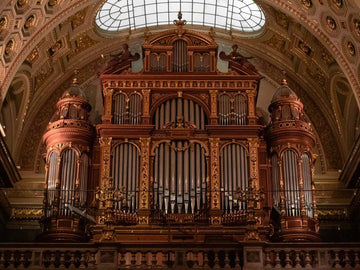
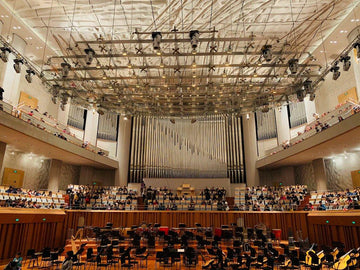
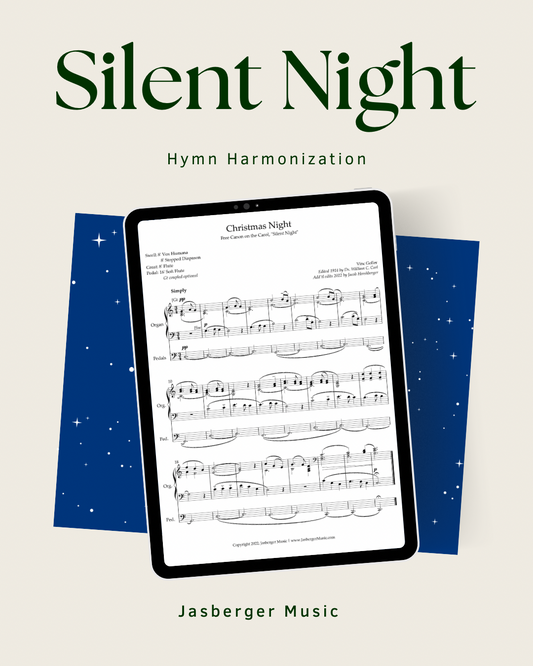
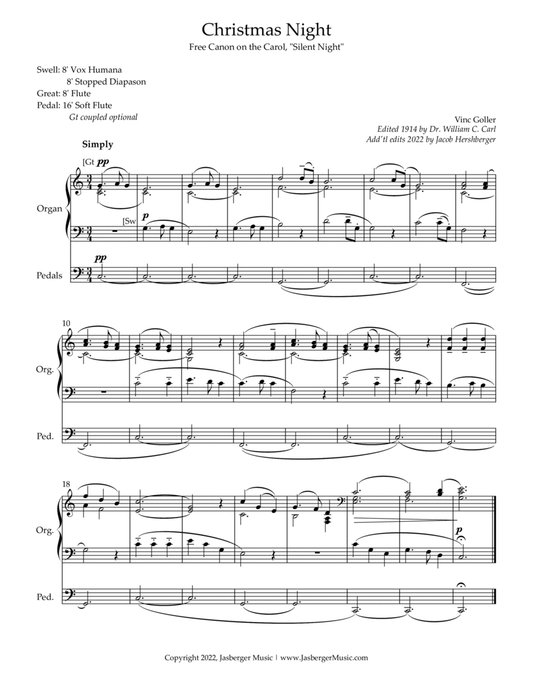
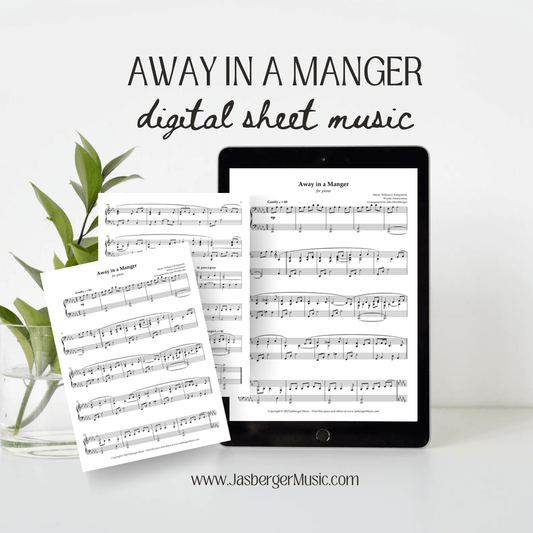
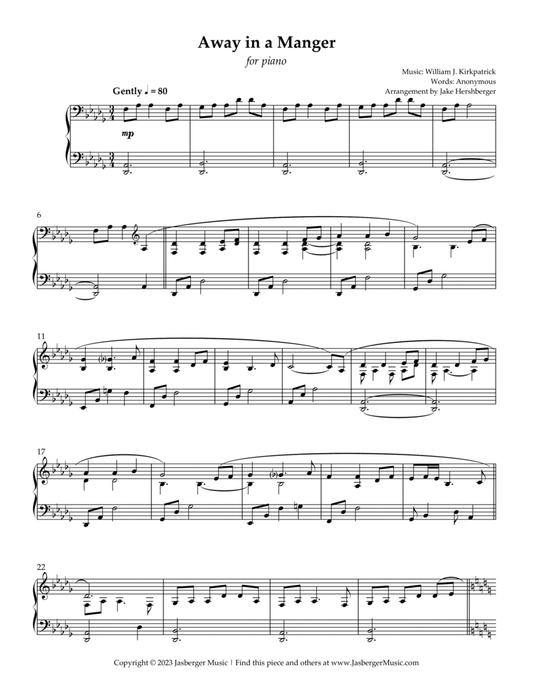
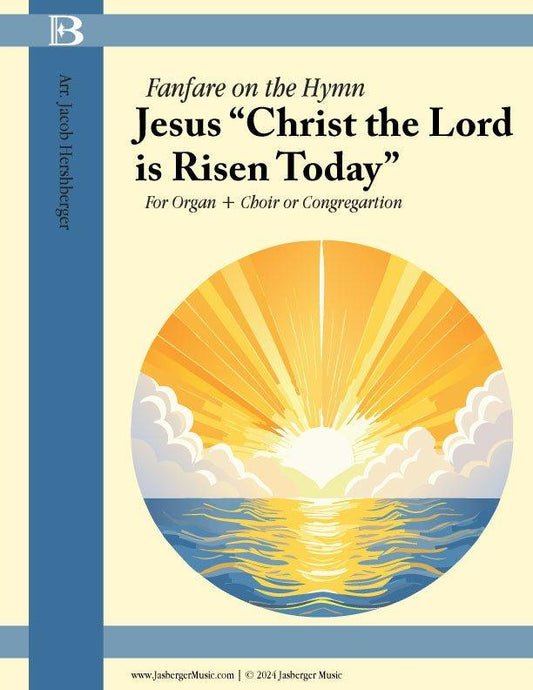
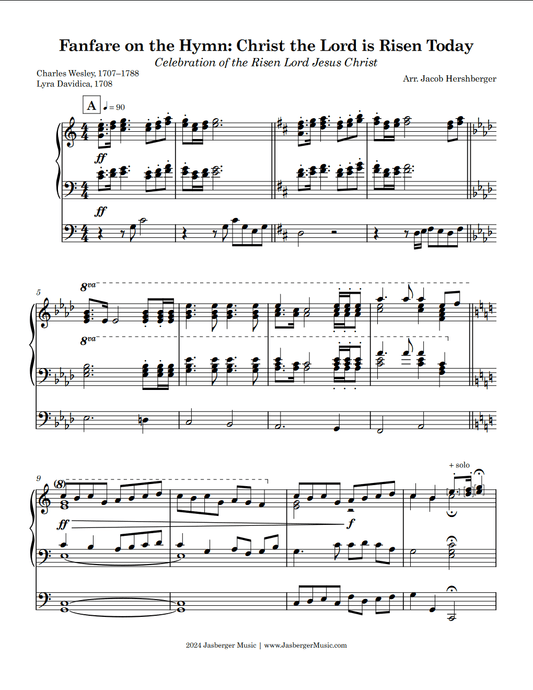

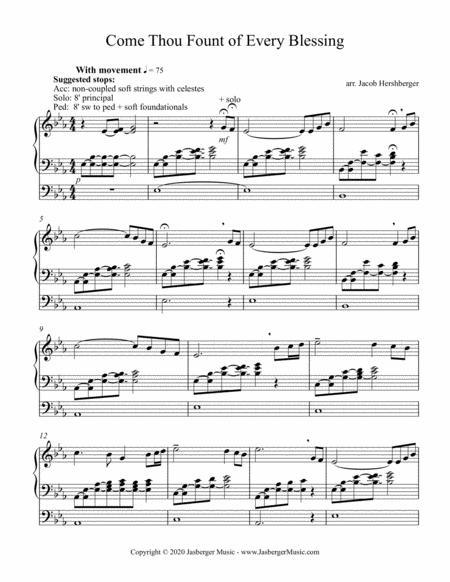

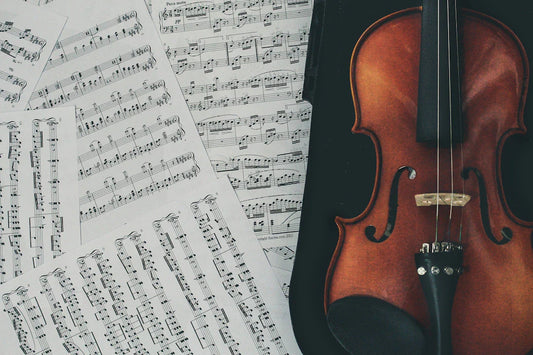
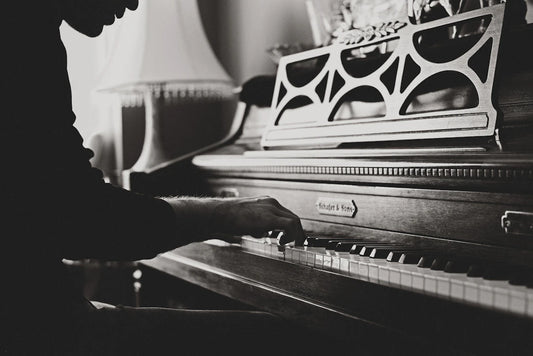
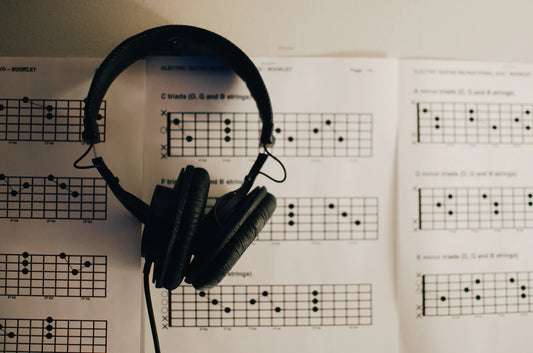
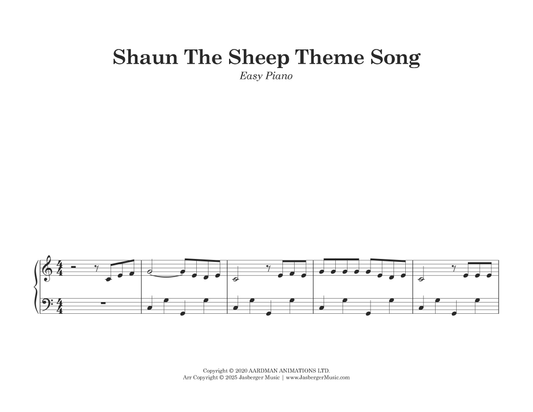

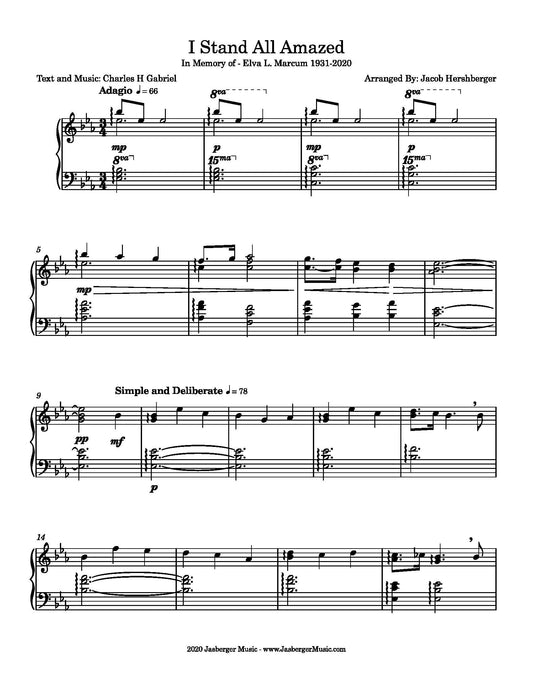
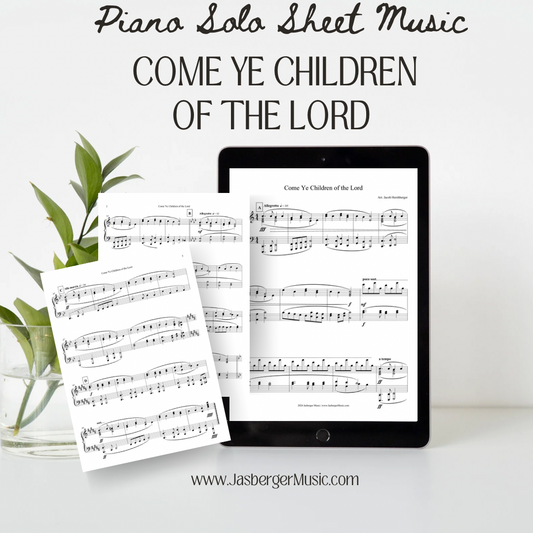
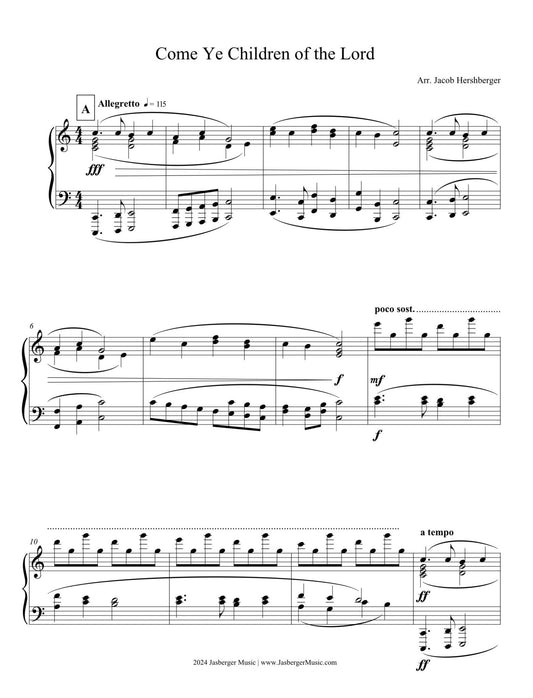
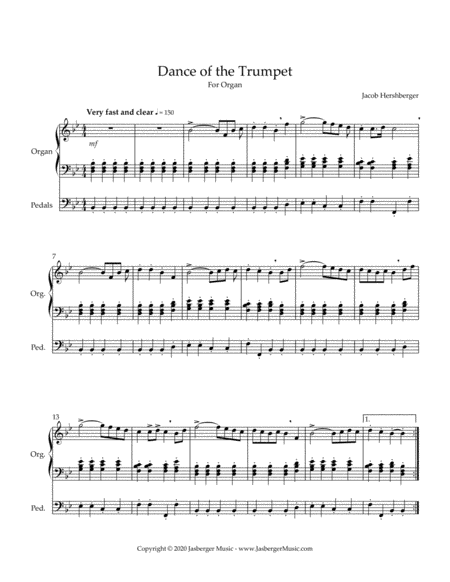
comments